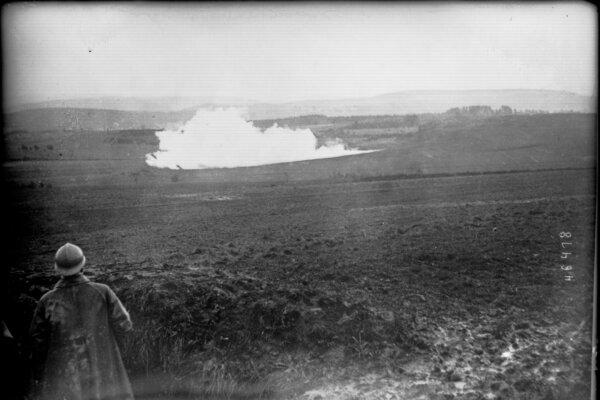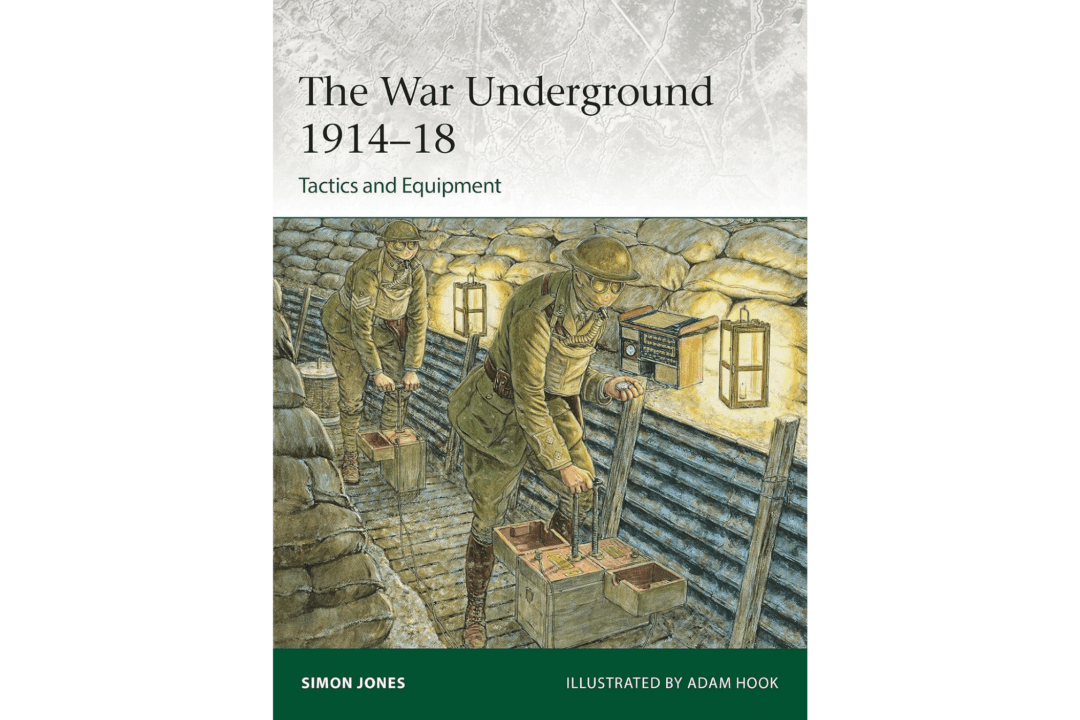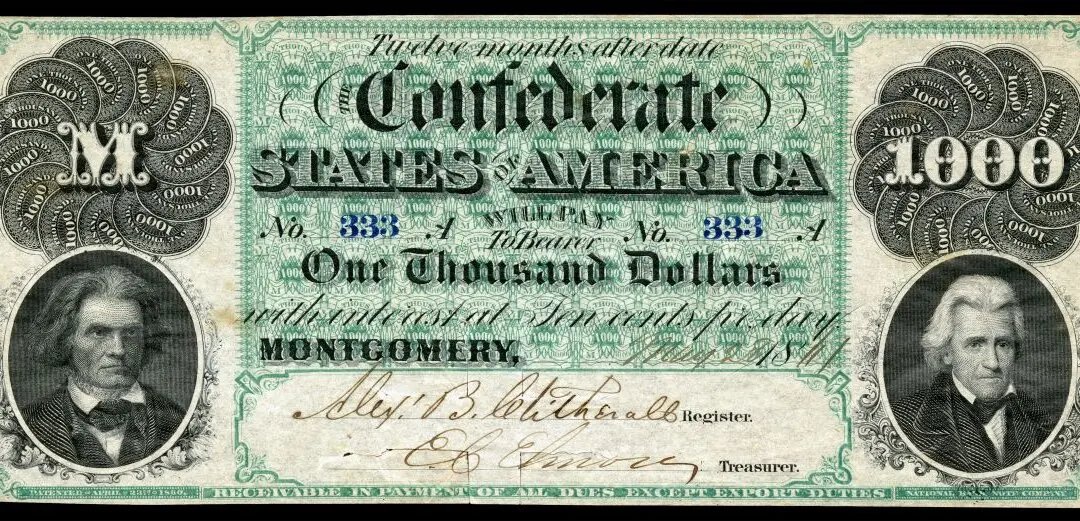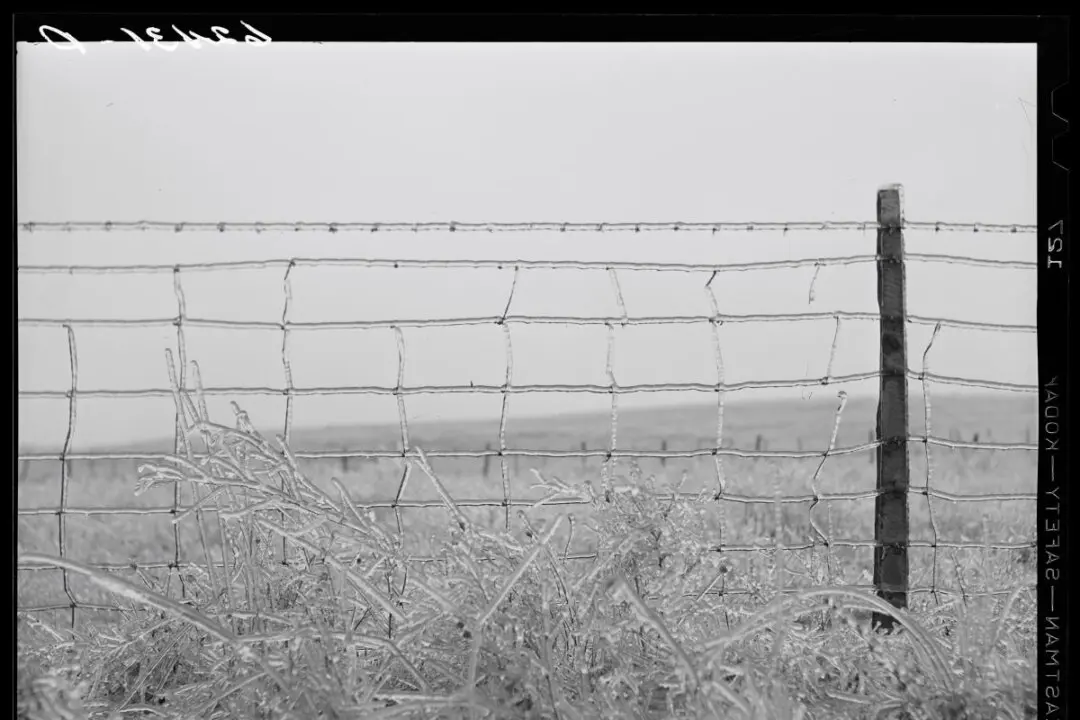World War I warfare has been greatly studied over the past century-plus. From the use of chemical warfare with chlorine gas to the rise of the machine gun and from the use of air balloons for scouting to the digging of trenches, The Great War changed the way wars were fought. One typically overlooked method is the use of underground tunnels. These tunnels were dug by the belligerent militaries in order to sneak under the enemy, set explosives, and destroy their lines.

Mine exploding in front of French positions in World War I. Public Domain






